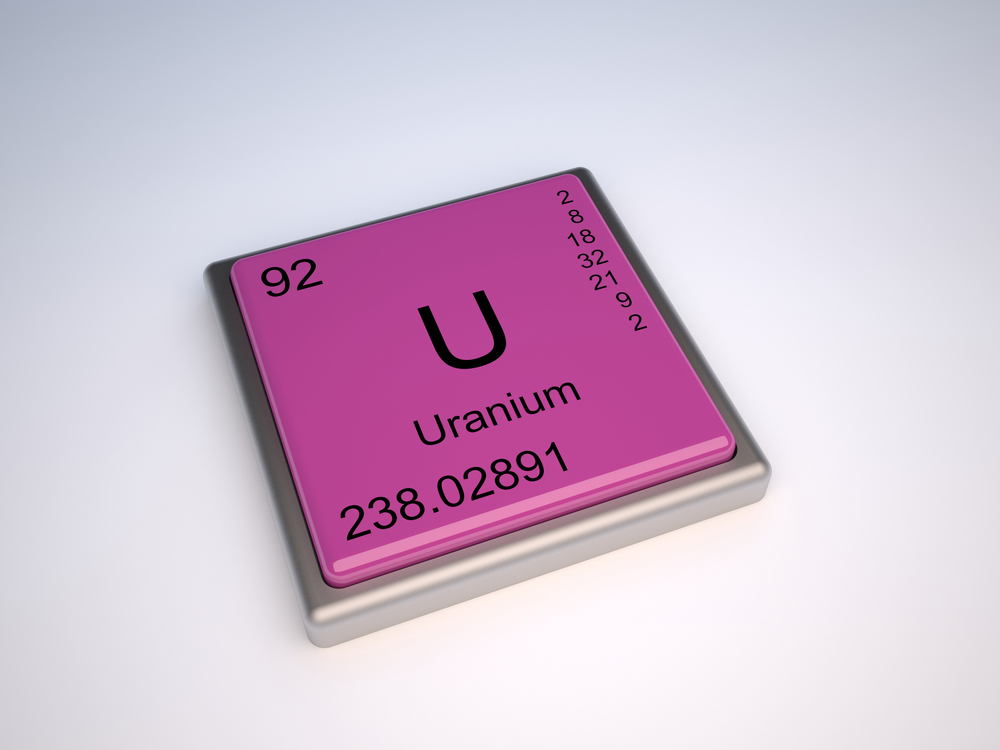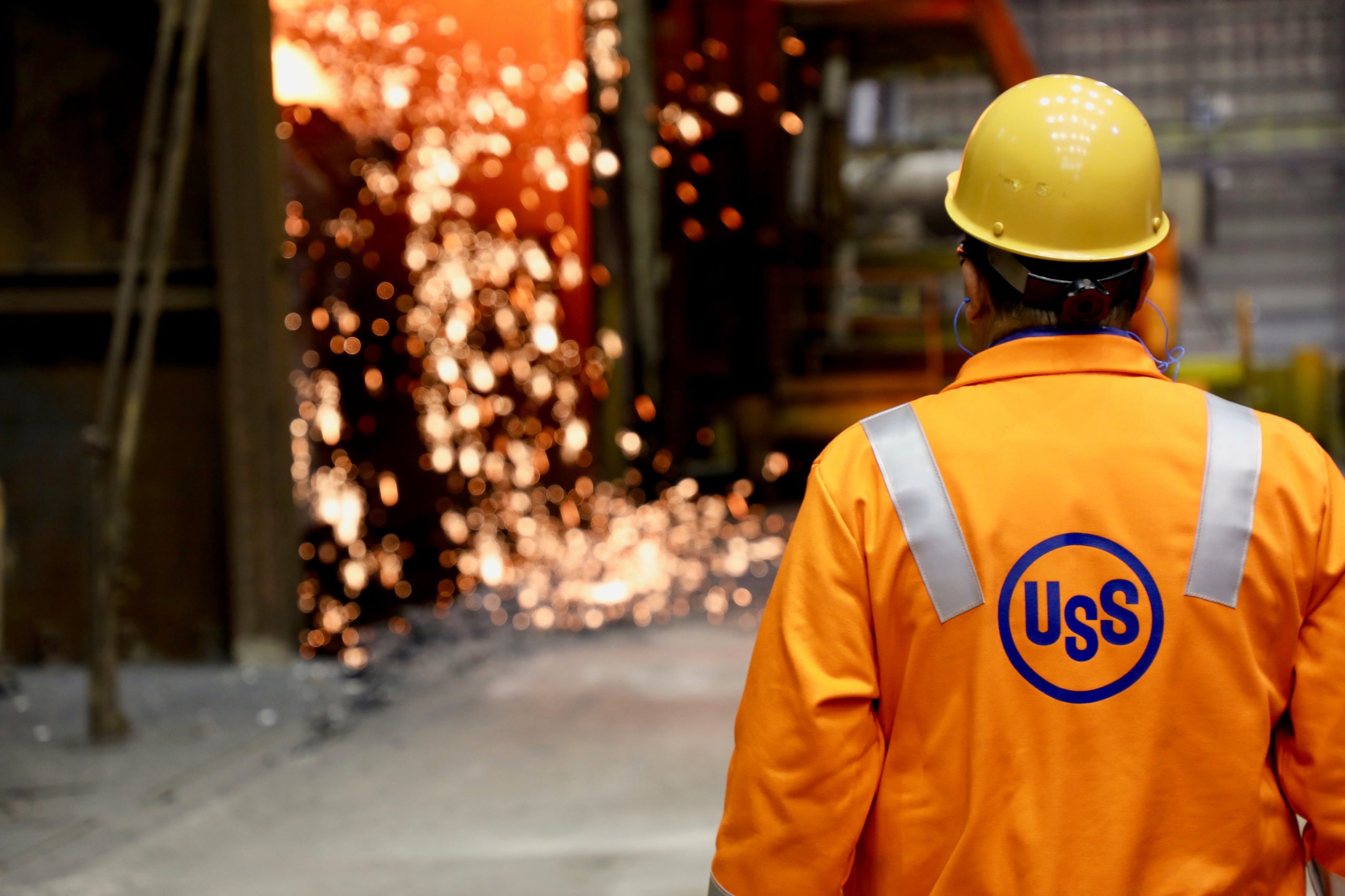Opponents of in situ uranium extraction start throwing around the F word

A US company is extracting underground uranium reserves in Texas using in situ methods, but opponents are comparing it to another process that is drawing high-profile protests.
Forbes reports that Texas-based Uranium Energy Corp (UEC) uses the in situ method for extracting underground uranium by pumping oxygenated water into porous rock layers via deep-drilled wells.
Forbes notes the process is raising concerns among some in Texas who compare the process to hydraulic fracturing, which has some celebrity opponents.
“By design it’s much worse than fracking,” says Houston attorney Jim Blackburn, who is interviewed by Forbes.
“This is intentional contamination of a water aquifer liberating not only uranium but other elements that were bound up with the sand. We know this process will contaminate groundwater; that’s the whole point of it.”
A spokesperson for Uranium Energy disputes the similarities to fracking that is made in the article.
“Hydraulic fracturing, or ‘fracking’ refers to the procedure, widely used in the oil and gas sector, for creating fractures in rock formations by injecting fluids into fissures to force them to open further, allowing more oil and gas to flow out of the rock formation and into the well bore,” writes Enrique Briz, Uranium Energy’s publicist.
“By contrast, ‘in-situ recovery’ is the process of injected-solution mining that reverses the natural process of deposited uranium in sandstones. On-site groundwater fortified with oxygen is introduced into the ground through a pattern of injection wells. The solution dissolves uranium from the sandstone host rock, and the uranium-bearing solution is brought back to surface through vacuum-suction production wells, where the uranium is concentrated on resin beads for trucking to a nearby processing plant where it is concentrated further and dried into yellowcake.”
Uranium Energy uses oxygenated water then dissolves the uranium, which is pumped from the ground and shipped to a plant in Hobson, Texas, for processing and drying.
The application of in situ techniques for uranium mining has the potential to revolutionize the industry in the same way that oil and gas fracking has sent the global energy sector into upheaval by making the extraction of once-inaccessible reserves in North America an affordable undertaking, and alleviating the United States’ dependence on the Middle East for fossil fuels.
According to Amir Adnani, CEO OF UEC, the in situ method could make the USA self-sufficient in uranium.
Correction: An earlier version of this story analogized in situ recovery and hydraulic fracturing used for oil and gas recovery. The methods are disimilar. MINING.com regrets the error.
More News
{{ commodity.name }}
{{ post.title }}
{{ post.date }}



Comments